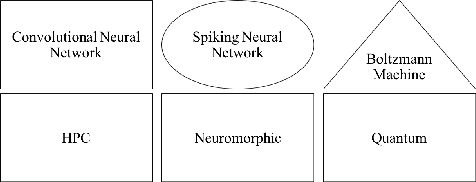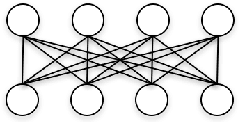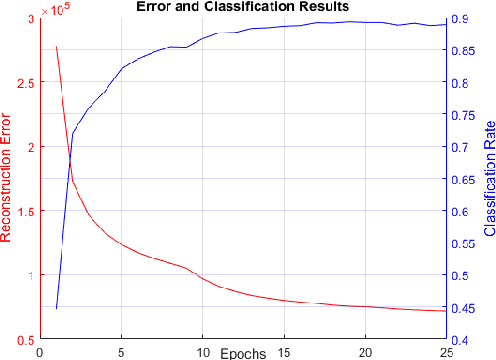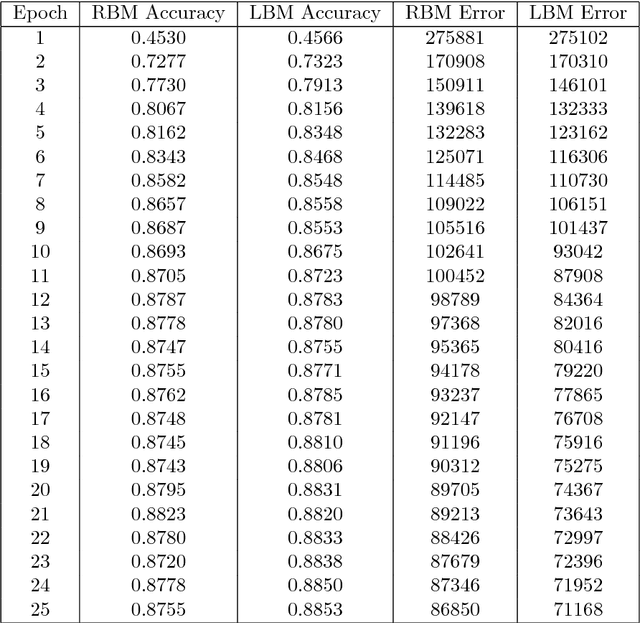A Study of Complex Deep Learning Networks on High Performance, Neuromorphic, and Quantum Computers
Paper and Code
Jul 13, 2017



Current Deep Learning approaches have been very successful using convolutional neural networks (CNN) trained on large graphical processing units (GPU)-based computers. Three limitations of this approach are: 1) they are based on a simple layered network topology, i.e., highly connected layers, without intra-layer connections; 2) the networks are manually configured to achieve optimal results, and 3) the implementation of neuron model is expensive in both cost and power. In this paper, we evaluate deep learning models using three different computing architectures to address these problems: quantum computing to train complex topologies, high performance computing (HPC) to automatically determine network topology, and neuromorphic computing for a low-power hardware implementation. We use the MNIST dataset for our experiment, due to input size limitations of current quantum computers. Our results show the feasibility of using the three architectures in tandem to address the above deep learning limitations. We show a quantum computer can find high quality values of intra-layer connections weights, in a tractable time as the complexity of the network increases; a high performance computer can find optimal layer-based topologies; and a neuromorphic computer can represent the complex topology and weights derived from the other architectures in low power memristive hardware.
 Add to Chrome
Add to Chrome Add to Firefox
Add to Firefox Add to Edge
Add to Edge